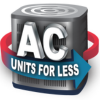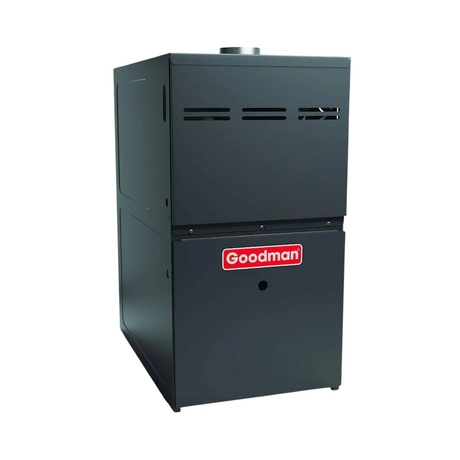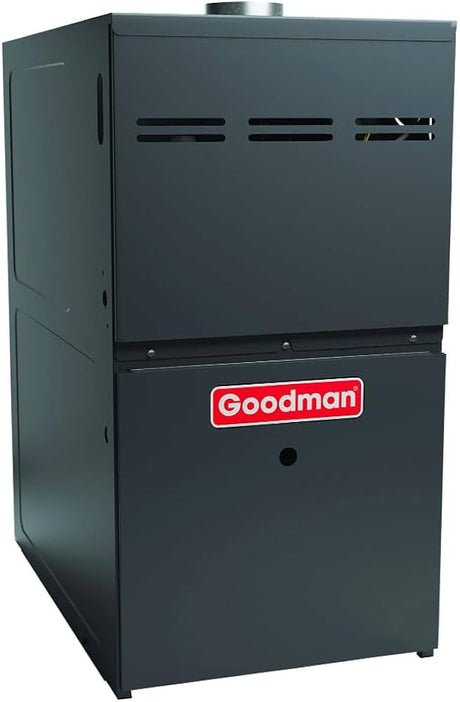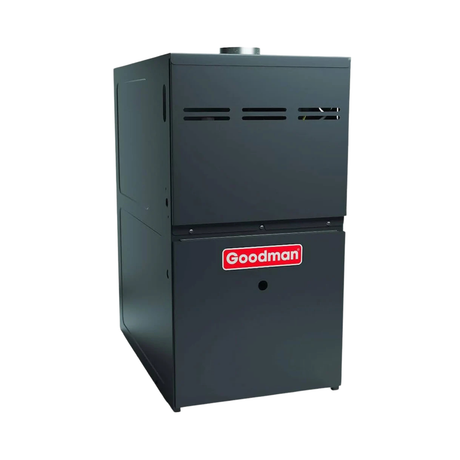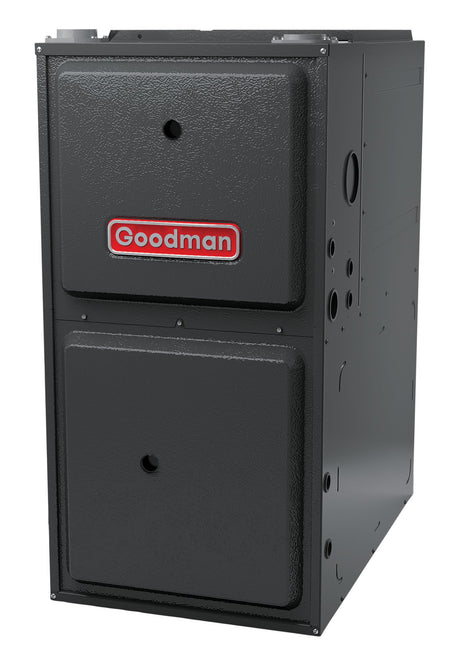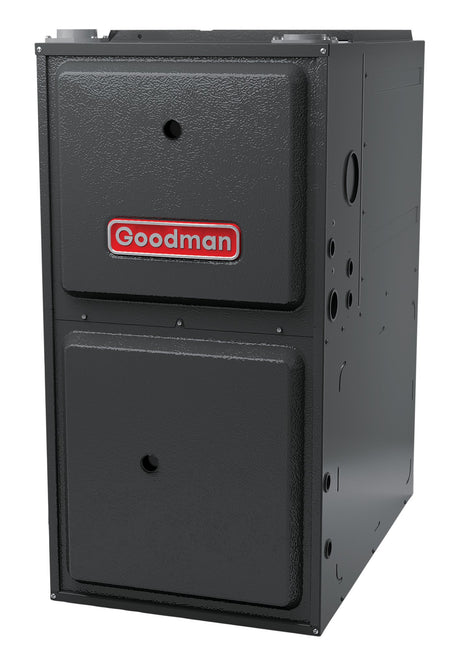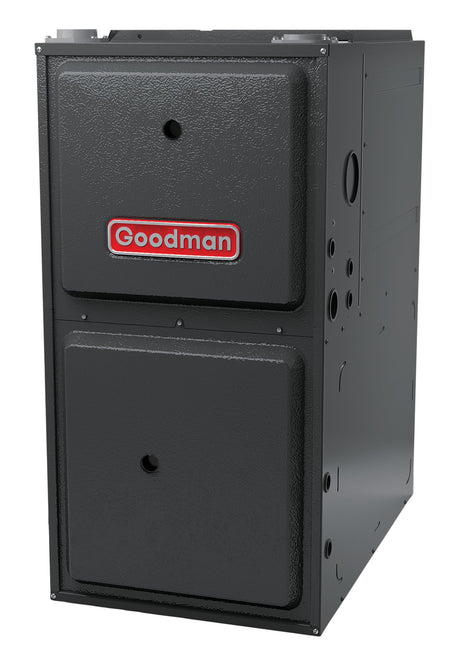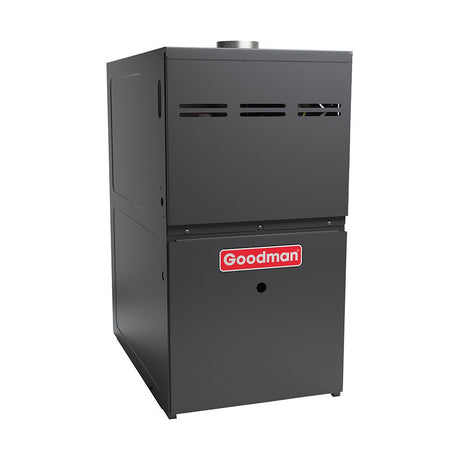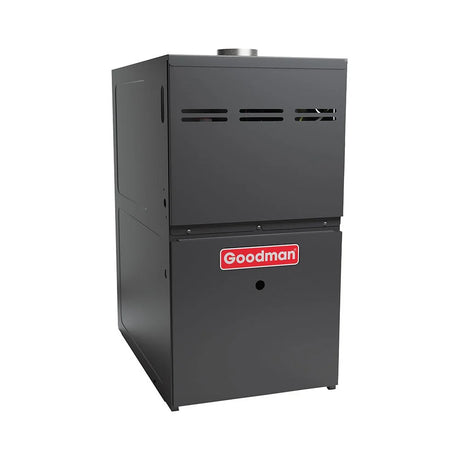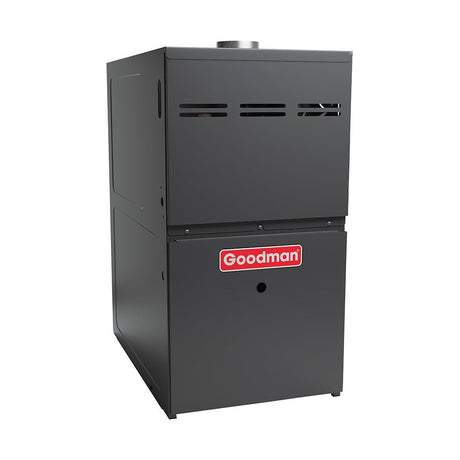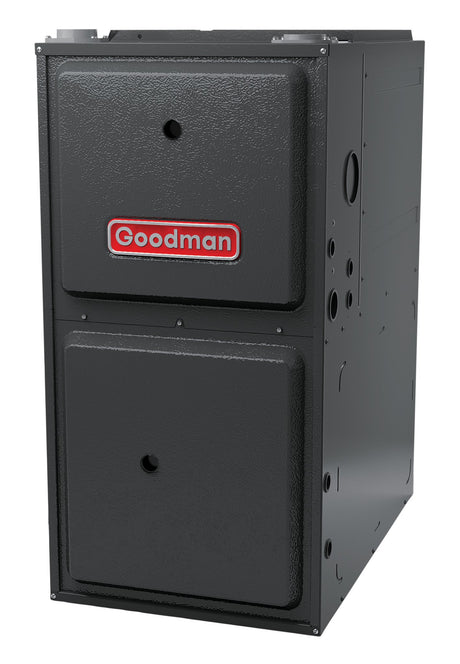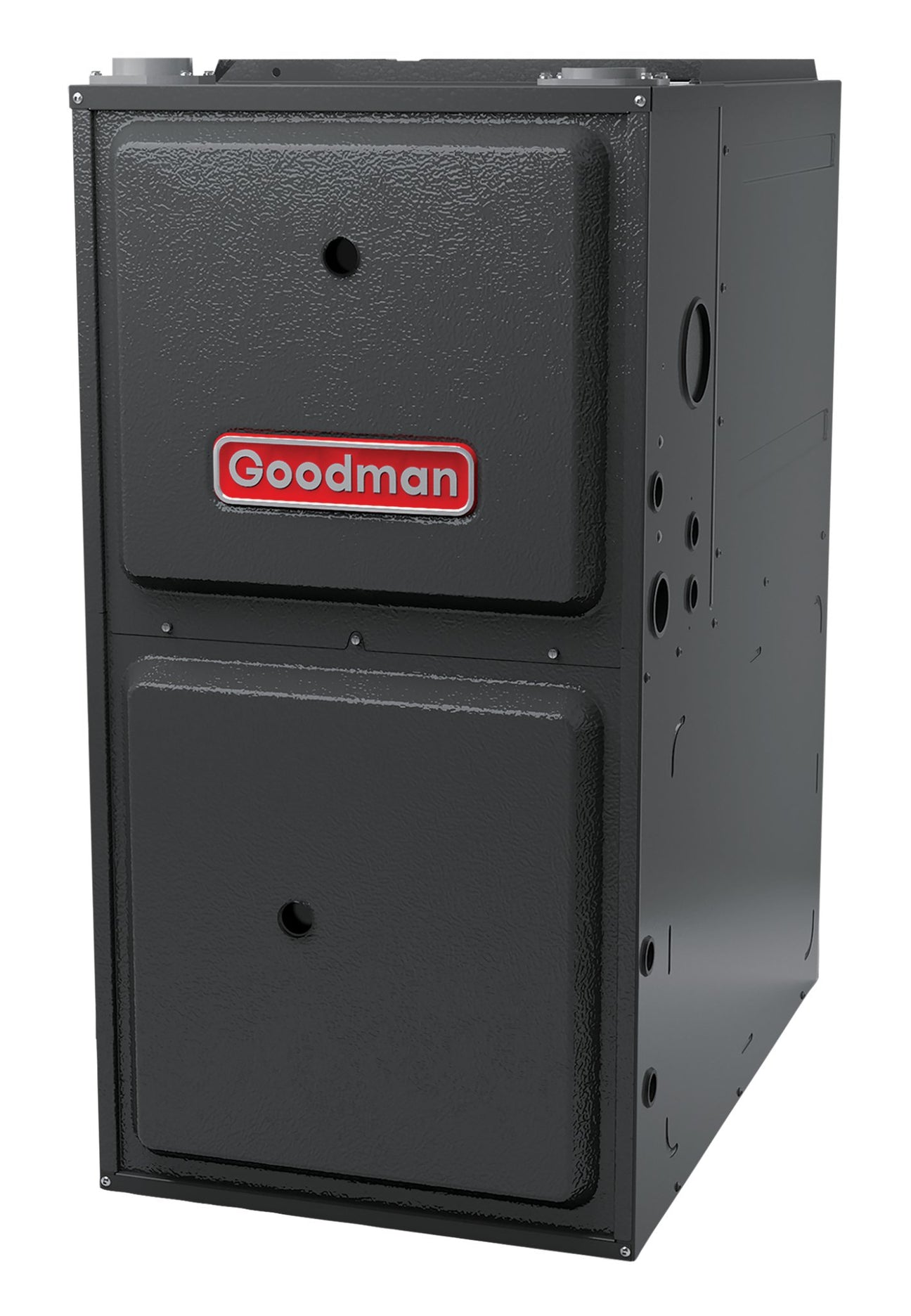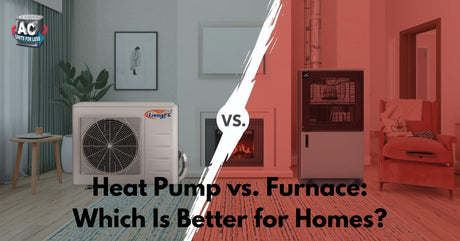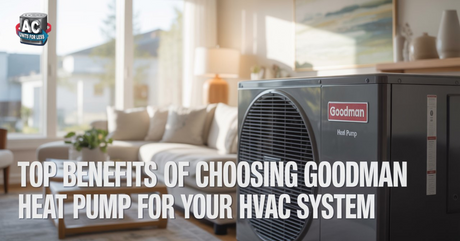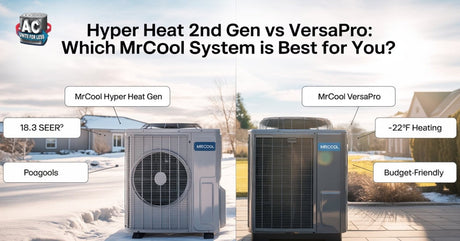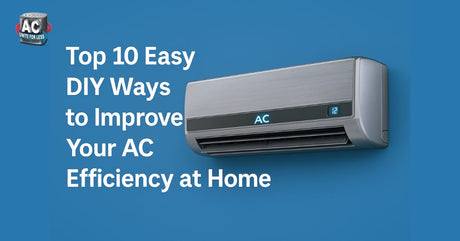Affordable Furnace Systems
A well-built furnace system is very important for keeping your home warm all winter long. People who own homes, run small businesses, or work as contractors in the US generally look for systems that work well all the time, increase airflow, and use less energy. At ACUnitsForLess, we offer a range of Furnace System options from Ameristar by Trane Furnace, Goodman furnace, Intertherm furnace, and MRCOOL furnace to support residential and light commercial heating needs. Whether you are looking for new installation or a furnace replacement, our inventory is designed to meet different requirements and applications. Each unit includes the guarantee or warranty provided directly by the manufacturer.
Why Buy Furnace Systems from ACUnitsForLess?
- Prices that are competitive and in line with the market in all parts of the USA
- Furnace system choices that work with different home layouts
- A lot of different brands to choose from, like Goodman Furnace equipment
- A helpful team is available to help you comprehend the product details.
- Units come from trusted, authorized providers.
- Clear product descriptions to help you pick a new furnace or improve your old one
Different kinds of furnace systems we sell
We have a variety of Furnace System combinations in stock to meet your needs for airflow direction, installation design, and performance:
These Furnace System designs can operate with different types of homes, ducting layouts, and heating loads depending on the weather in your area.
How do furnaces work?
A furnace system works by drawing in air from your home, warming it in a heat exchanger, and then pushing the warm air through ducts to keep each room pleasant. Gas furnaces, such as the Goodman Furnace and the American Standard Furnace, employ burners to generate heat quickly. Many households choose high-efficiency furnace to reduce total energy consumption. When planning a furnace replacement, it's vital to understand the airflow direction, heating stage, and efficiency rating so you can select the best system for your home.
Suitable Applications
- A Furnace System from our collection can be used in:
- Residential heating upgrades
- New construction projects
- Multi-level homes requiring balanced airflow
- Light commercial buildings
Replacement of older units that no longer meet performance needs
Our catalog has options for all kinds of installations across the US, whether you're looking for a high-efficiency furnace to save money on energy bills over time or something like an American Standard Furnace.
Efficiency ratings show how well a furnace system turns fuel into heat. The AFUE (Annual Fuel Utilization Efficiency) rating tells you how much of the fuel is turned into usable heat in a normal season. Higher AFUE levels mean that the system is more efficient and uses less fuel.
Electric furnaces don't need venting because they don't make any byproducts from burning.
Some models of high-efficiency furnaces are also Energy Star certified, which means they follow the EPA's rules for energy efficiency. The Rebates Available badge can help you find Energy Star-certified options when you're looking for a new furnace.
Frequently Asked Questions for Furnace Systems
What should I know before buying a new Furnace System?
The cost of a new furnace system might change based on the brand, BTU output, airflow direction, and efficiency level. Most homeowners look at the heating capacity, the AFUE rating, and whether they need an upflow or counter flow arrangement when they examine options.
How long does a typical furnace last in a USA household?
Most furnaces operate reliably for about 15–20 years. Age, climate, and general usage all influence how soon a furnace replacement becomes necessary.
How can I tell when I need to get a new furnace?
If your furnace system is making strange noises, the temperatures are inconsistent, your gas bills are going up, or you need to call for service often, it may not be working as well as it should.
What are the most important things to think about while picking a furnace system?
Important things to think about are BTU size, AFUE efficiency, airflow pattern (upflow or counter flow), staging type (single-stage, two-stage, or modulating), and how well it works with the duct architecture in your home.
How do I know the right BTU size for my home?
Square footage, insulation quality, and regional climate determine the BTU range you need. Selecting the correct size helps a Furnace System heat efficiently without short cycling or overworking.
What is AFUE?
AFUE, or Annual Fuel Utilization Efficiency, is a rating that tells you how much of the fuel can be used as heat. High-efficiency furnace models have a higher AFUE rating.
How often should furnace maintenance be scheduled?
Many homeowners schedule a check-up once a year before the heating season starts to keep components clean and airflow unobstructed.
How frequently should furnace filters be replaced?
It depends on how much dust is in the house, how many dogs you have, and what kind of filter you use, but filters are usually changed every one to three months.
What does BTU signify when it comes to heating?
BTU stands for British Thermal Unit, which is a standard way to quantify how much heat something gives off. Higher BTU furnaces provide more heating power for larger or colder environments.
Are Energy Star-rated furnaces helpful?
Energy Star-rated devices fulfill certain standards for energy efficiency and can assist lower overall fuel use compared to regular units.
What can I do to make my furnace work better?
Keeping filters clean, closing duct leaks, boosting home insulation, and choosing a Furnace System that fits the heating load can all help with efficiency.
What should I check if my furnace stops working?
The thermostat setting, furnace filter, circuit breaker, and gas supply are the first points to inspect. Reading the product handbook might help you find basic ways to fix problems.
Can those who own homes put in their own furnace?
Installing a furnace system includes making electrical connections, venting, and following safety standards. Many homeowners choose professional installation due to the technical requirements involved.
What are the most budget-friendly furnace options?
Standard-efficiency, single-stage models are generally the most affordable Furnace System choices.
Which furnace component usually costs the most to replace?
The heat exchanger is often the most expensive component due to its structural design and heat-transfer function.

